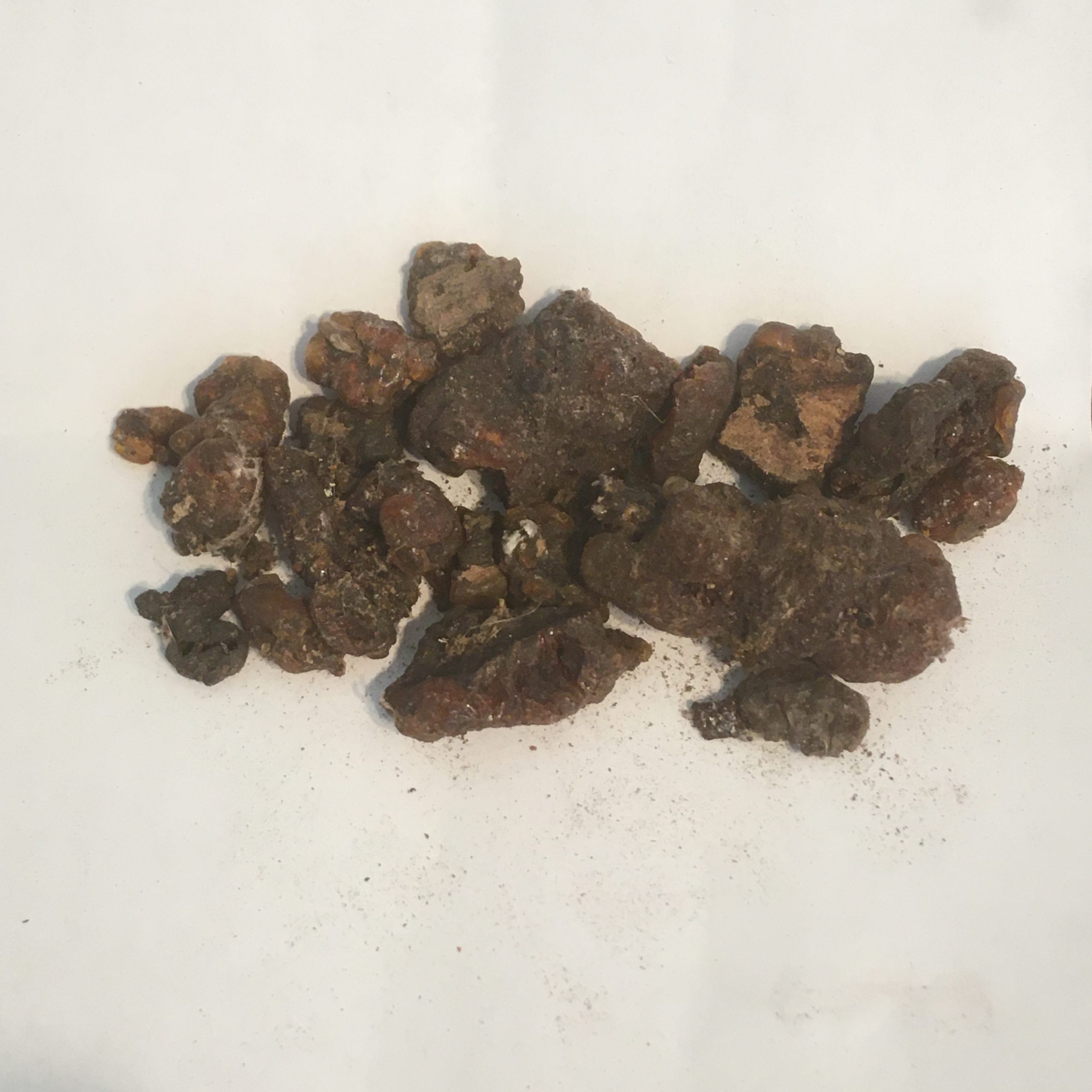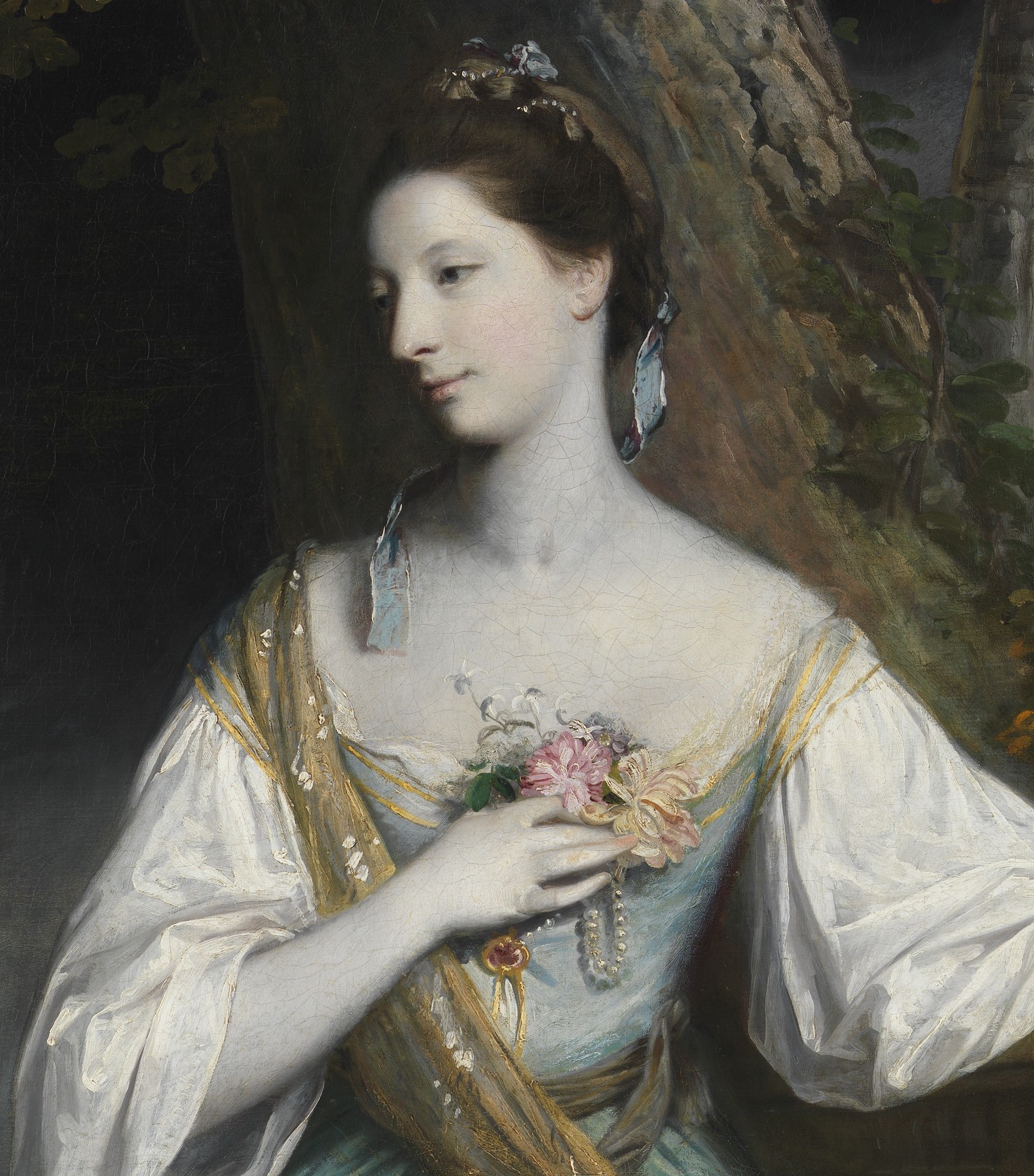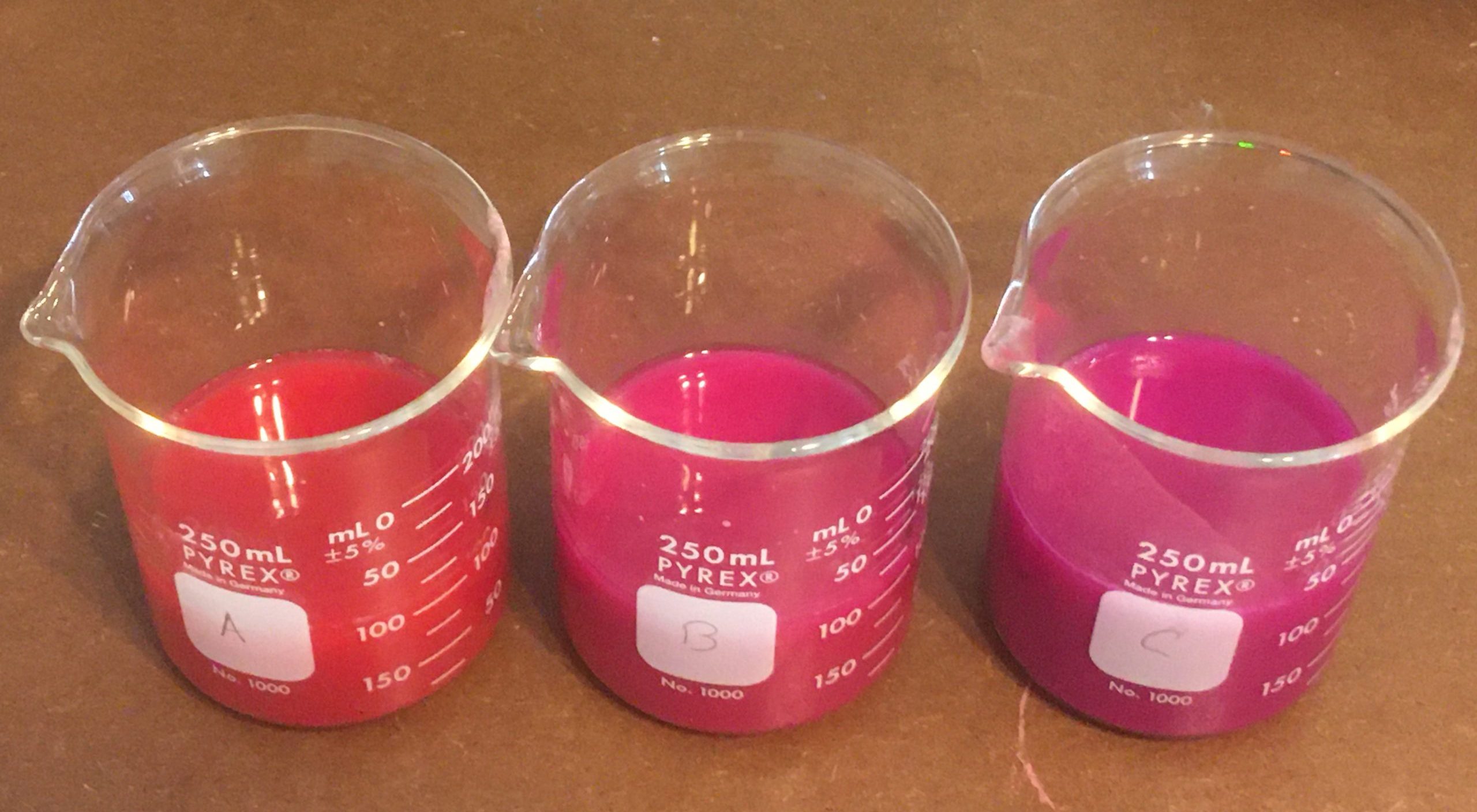I’ve started working on a category of pigments called “lakes,” a name for insoluble pigments made from organic dyes. Virtually everything in nature gives some sort of color; it’s just that most of those colors aren’t very interesting. Some, however, are almost incredible. It is possible, for instance, that the red of the marbled page is one of the red substances which, only by virtue of their astonishing hue, shaped colonial history and the early modern rise of globalism. These are two colors made from insect sources: cochineal, from the high deserts of Central America, and the secretions of Kerria lacca, a prized red called “lac” which kindly donated its name to the general category name “lake.” Each was available in eighteenth-century colormen’s shops, though, as Robert Dossie notes, they were probably “too dear” for use in marbling. Lakes made from either madder or brazilwood shavings were more affordable– so much so that they were sometimes mixed in with cochineal or made to pass for the genuine article. I’ll be experimenting with lakes over the next week or so. (Next week, I’ll be making some paint.)

So far, most of the pigments I’ve created in the Motley Lab are inexpensive pigments called “pinks.” A pink is any organic dye which is precipitated on a colorless earth. Sterne’s contemporaries extracted calcium from chalk, cuttlefish bone, or eggshells and worked out ways of bonding the dyes to these colorless media by way of a bridging ion in a process called mordanting. The process is essentially the same as the one used by dyers. First a dyebath is created by extracting the tincture through boiling and adding a mordant; the mordant, a substance like potash alum, donates a metallic ion to make a future bridge between each dye molecule and the textile proteins. At this point, the dye-bath would be ready to take an article of clothing or other textile article. A pink is made simply by substituting chalk for the cloth; rather than attaching itself to the proteins in the textile fibers, it attaches itself to the calcium in the chalk, thus rendering the whole chemical compound insoluble and ready to be used in a paint.

But attaching a dye to an earth-metal like chalk isn’t the only way to make it insoluble. Pinks are related to a more expansive category of paints called “lakes.” It is a sign of the importance of red to color systems that the very category is another word for red paint; this is “lake,” from lac, the secretions of the Kerria lacca, the parasitic insect native to India. In its purest, most processed form, lac is nearly clear; I first encountered lac resin as a furniture-maker, when we would dissolve it in denatured alcohol and use the mixture to seal open woodgrain. But lac in its raw state, sometimes called “stick-lac,” offers a deep, resinous red, which, because it is translucent, can achieve remarkable effects of depth. This is the “lac” which lent its name to a process.

Lakes use the same dye sources as pinks, but render them insoluble in a different way. Rather than bonding dye molecules to an earth-metal by way of a bridging ion (dye+metallic ion+earth), a lake bonds the dye molecule to the bridging ion and then neutralizes the compound (dye+neutralized ion– though the actual molecular structure is significantly more complex). Most colormen in Dossie’s day used an aqueous solution of pearl ash for this purpose; pearl ash is simply wood ashes that have been purified through calcination, leaving mostly just potassium carbonate. But most simple alkalis will work, since the purpose of the alkali is only to donate oxygen and hydrogen to the aluminum ion, rendering it chemically inert. Once that happens, the newly neutralized dye-alumina compound becomes insoluble, and settles to the bottom of the mixture as a (wet) powder, where it can be collected. Everything else– water, the metallic salt left over from the reaction– remains in solution, as a waste product of the laking process.

Probably because they lack the additional white reflectiveness of the earth metal (like calcium), lakes are more transparent than pinks. This is why they were prized by painters, who would often use them in glazes over mineral grounds—like reds over white lead to mimic a complexion. But this brightness and transparency comes with the same cost as pinks; like all things in nature, lakes fade. Joshua Reynolds was one of many artists who ground (red) lake in linseed oil as a glaze for drapery or flesh—and the extreme pallor of some of his subjects derives from his dedication to a lake pigment made from cochineal, which fades from exposure to light. Lakes fade while doing the very thing they are meant to do– I mean reflecting light– which seems to me to be an appropriate memento mori built into the substance of representations. What better for a pigment to do than fade while doing its best work?

One of the interesting things about brazilwood lakes is their sensitivity to the alkalinity of the dye-bath (see Favaro et al. on cochineal lakes). Brazilwood can be made to take shades from an amber-red to rich crimson to a pink so hot and bright it must have seemed like a revelation. It’s hard to think of anything in nature except a dianthus that is as pink as the pinks that brazilwood can be made to take. These shades are particularly astonishing given the unassuming sawdust from which they are ultimately extracted. Controlling them is finicky. Robert Dossie’s recipe for brazilwood lake requires painstaking adjustment of the alkalinity by slowly dripping the pearl-ash solution into the mordanted dye-bath and watching the effect. Experimenting with the acidity is a bit like a conjuring trick: too little and the solution retains some of the “tingeing particles”; too much, and it begins shifting the color towards a deeper range of purple. Sterne’s color-men aimed for a rich, dark red.

Normally, this is where I include the recipe that I’ve used. This time, I’m going to do something a little different. Lakes are the kinds of things that can be done in the kitchen, and they’re safe enough that they can be made with kids. My lab assistant (for instance) is nine years old. So I’ve put together a generic recipe loosely based on Robert Dossie’s industrial process. It’s possible to make any color extracted from a plant: coffee for browns; marigold petals or pomegranate skins (dried or not) for yellows; beets or red cabbage for reds, and so on. Lakes aren’t paints; the pigment has to be added to a medium (like Schminke’s ready-to-use binder, or a mixture of gum arabic and sugar candy) to make something that can be painted with. But making a lake is one way to create colors from raw reagents, which is another way of saying that it is the sort of practical chemistry that little lab assistants enjoy. This is a loose recipe.
- Grind the reagent source, or cut it in small pieces. Aim for roughly 20 grams of reagents if dried, and about twice that if fresh or wet.
- Boil the dye source in roughly 200ml water for one hour, and filter it through a paper coffee filter while hot. If your coffee filter is perforated, you can use any other filter medium, like linen cloth.
- Discard the dye source, but retain the aqueous solution of dye.
- Add 25 grams of alum to the aqueous dye solution, and stir until dissolved. At this point, instead of making a lake pigment, the dyebath could be used to dye some small textiles– like table napkins.
- Mix 15 grams of washing soda in about 125ml warm water.
- Slowly add the washing soda solution to the dye solution, while mixing. Some foaming will occur. As the alkaline washing soda neutralizes the acidic dye solution, it releases carbon dioxide as a gas. This is harmless– but can get messy. Continue stirring and knocking back the foam. Add washing soda until the reaction ceases or the soda solution is exhausted.
- Allow to cool and to settle. Filter through a fresh coffee filter or filter and cloth, collecting the pigment in the filter.
- Lay out on a clean plate to dry, then grind to a powder.